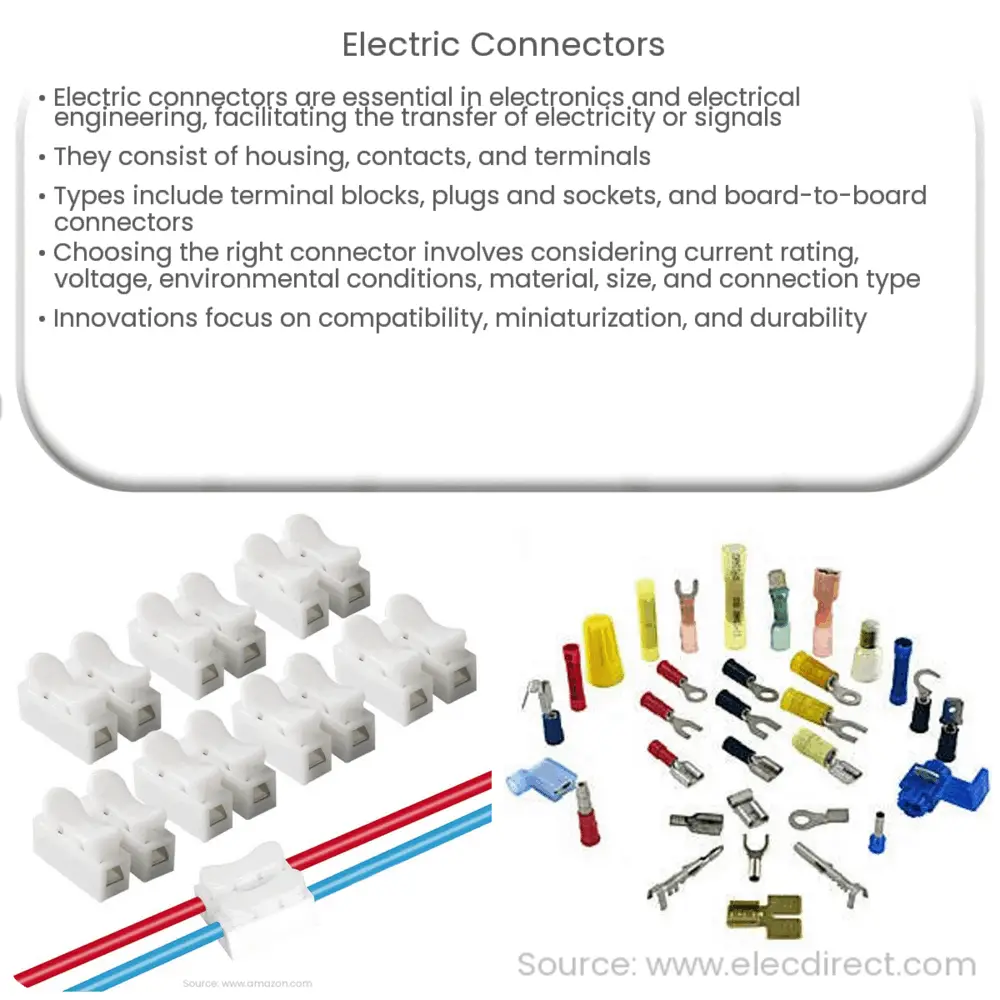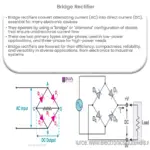Explore the world of electric connectors, their types, selection criteria, and recent advancements. Understand their pivotal role in technology.

Understanding Electric Connectors
Electric connectors play a pivotal role in the world of electronics and electrical engineering. Acting as a bridge in an electric circuit, they enable the transfer of electricity or signals between two entities. From powering up your personal electronic devices to ensuring the functionality of industrial machinery, electric connectors underpin much of the technology we depend on every day.
The Essence of Electric Connectors
At its core, an electric connector is an electromechanical device that permits an electrical circuit to be established, changed, or interrupted without significant danger or inconvenience. Connectors have multiple key components that include housing (the exterior that protects the connector), contacts (the metal parts that actually transport the electrical current), and terminals (the points at which the wiring is connected).
Types of Electric Connectors
- Terminal Blocks: Used to secure and terminate wires, terminal blocks are modular, insulated devices that contain a clamping component and a conducting strip.
- Plugs and Sockets: Among the most common types of connectors, they consist of male (plug) and female (socket) counterparts. They are typically used in power and signal connectivity applications.
- Board-to-Board Connectors: These connectors are primarily used in printed circuit boards (PCBs) to establish interconnections between different PCBs or between PCBs and electronic components.
Selection Criteria for Electric Connectors
Choosing the right electric connector for a particular application is not a straightforward process. Several factors should be taken into consideration:
- Current Rating: This is the maximum current that a connector can carry without exceeding its temperature limit. The current rating is usually denoted in amperes (A).
- Voltage Rating: The maximum voltage that the connector can safely carry without risk of breakdown is referred to as the voltage rating. It’s typically denoted in volts (V).
- Environmental Conditions: This encompasses factors such as humidity, temperature, and the potential for physical impacts or stresses. Such conditions can greatly influence the performance and lifespan of the connector.
In the next part of this article, we will explore additional factors in connector selection, delve deeper into the various types of connectors, and discuss innovations in electric connector technology.
More Factors for Connector Selection
Additional critical considerations in connector selection include:
- Connector Material: The choice of material directly impacts the connector’s durability and performance. Gold, silver, nickel, and copper are among the common materials used.
- Size and Shape: These are crucial factors to consider, especially for applications with space constraints or specific design requirements.
- Connection Type: This could be permanent (like soldering), detachable (such as plugs and sockets), or semi-permanent (like terminal blocks).
Diving Deeper into Electric Connectors
While we touched upon several types of connectors previously, there are many others in use today, catering to a variety of electrical requirements and applications:
- RJ45 Connectors: These are used for Ethernet and network connections, and are recognized for their eight-pin configuration.
- USB Connectors: Universal Serial Bus (USB) connectors are used for data transfer and power supply to peripheral devices.
- D-Sub Connectors: These are typically used in computer and telecom applications for serial communication. They are characterized by their D-shaped metal shield.
Innovations in Electric Connector Technology
With the advent of increasingly complex and miniature electronic devices, the demand for smaller, more reliable, and efficient electric connectors has surged. Innovations in this field aim to ensure compatibility with modern manufacturing processes, such as surface mount technology. Additionally, connectors are being designed to withstand harsh environments, particularly in industries like aerospace, defense, and automotive.
Conclusion
In essence, electric connectors are unsung heroes in the world of technology, establishing the crucial links that enable the function of countless devices and systems. Understanding their types, selection criteria, and the latest trends in their development equips us with knowledge that can be applied in numerous technological and industrial contexts. As our reliance on technology grows, so does the importance of these remarkable components.



